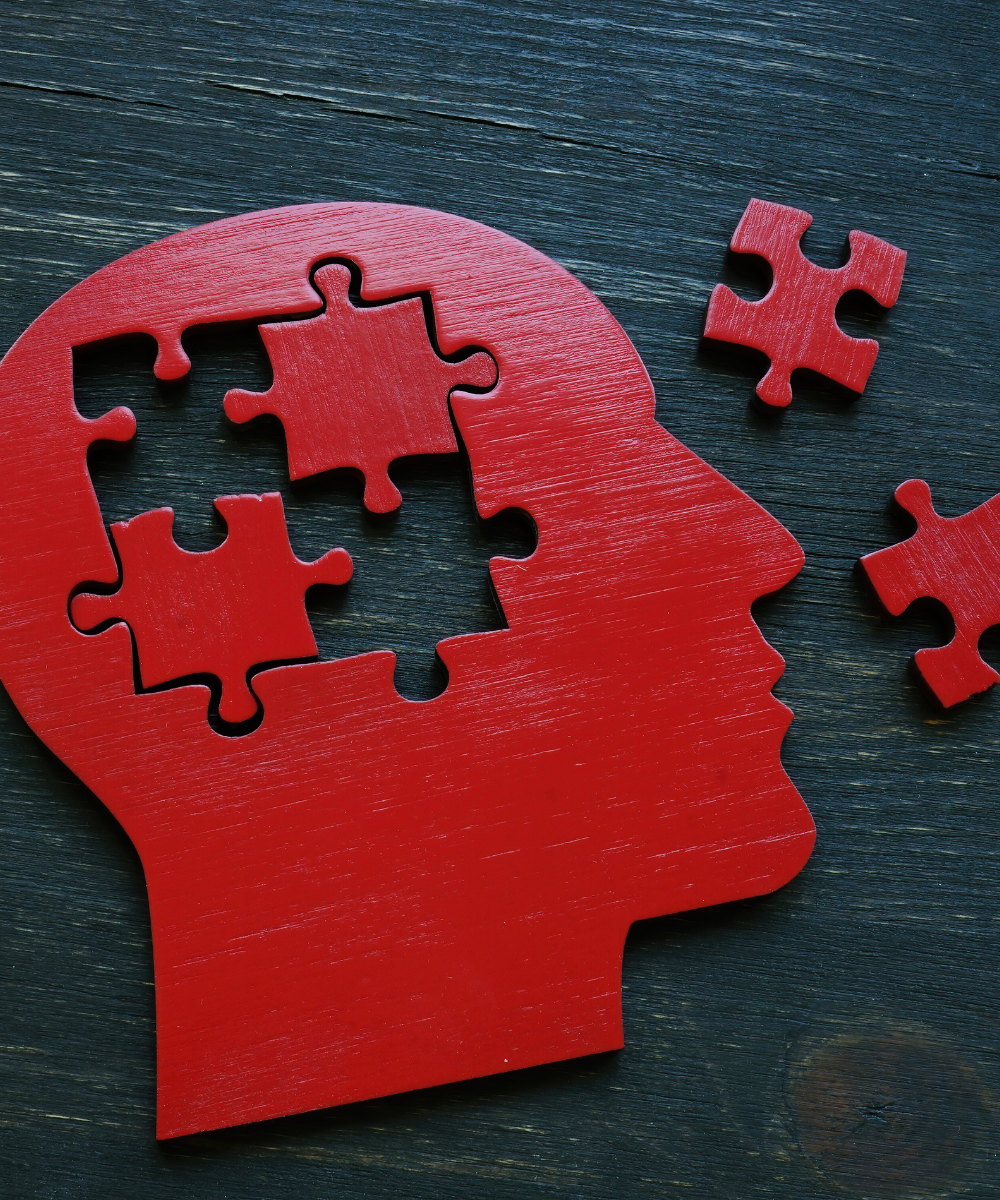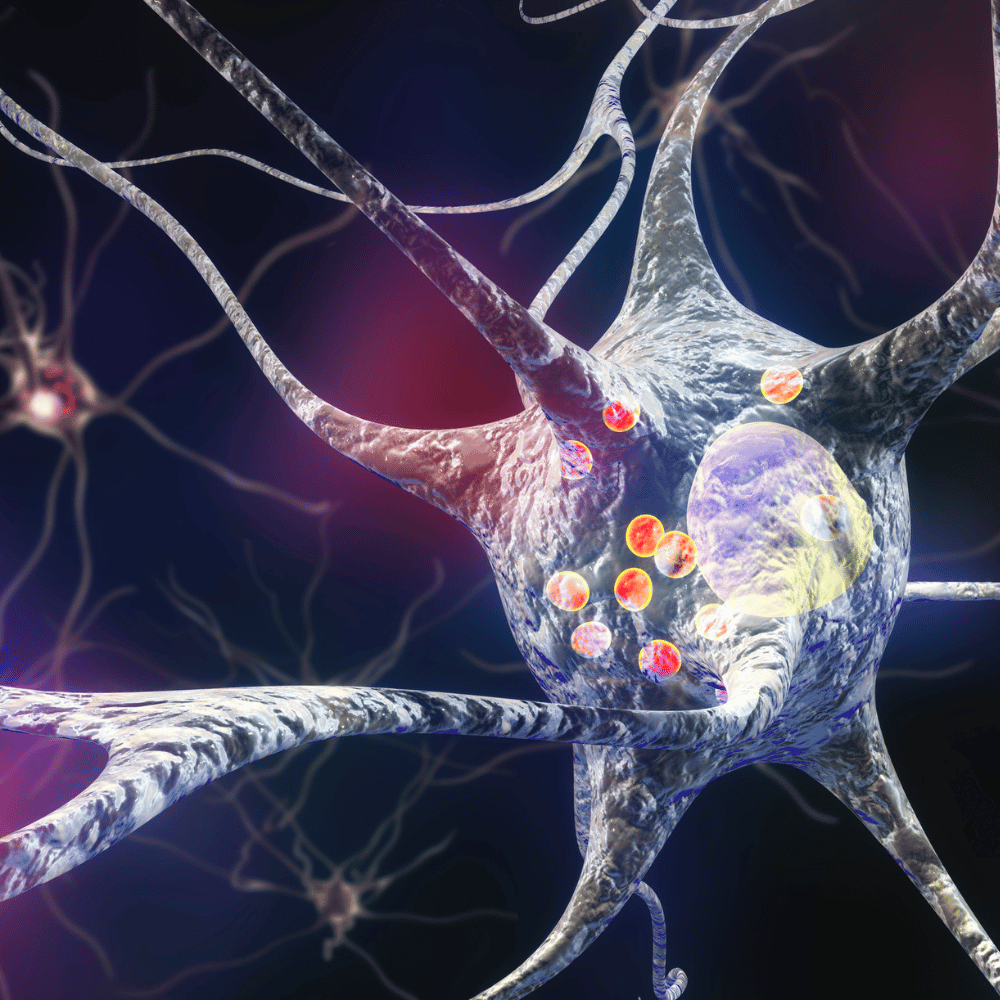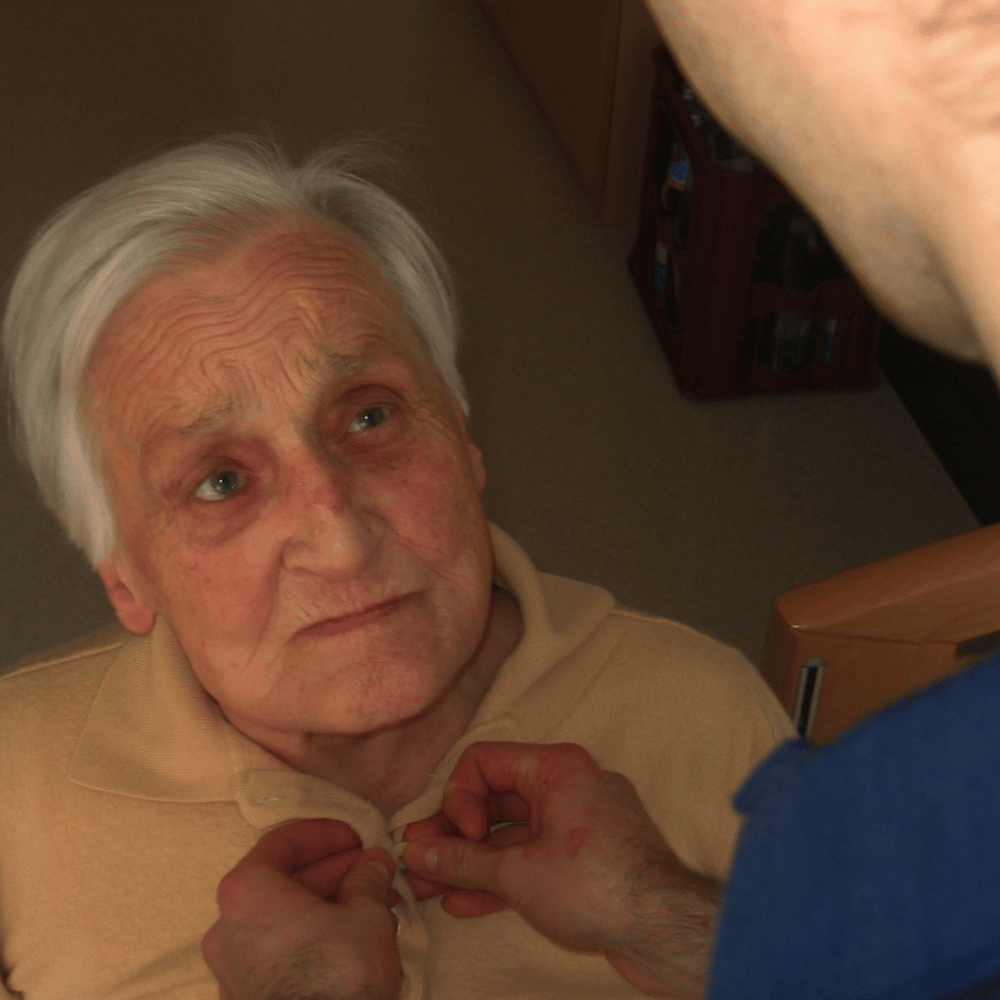Understanding Lewy Body Dementia
Unlike other forms of dementia, Lewy Body Dementia also presents with significant motor control symptoms similar to those seen in Parkinson's disease, such as tremors and muscle rigidity.

Lewy body dementia (LBD) is a complex, progressive brain disorder that affects the lives of countless individuals and their families. This article aims to provide a thorough understanding of LBD, its symptoms, diagnosis, and management.
Key Takeaways:
- Lewy body dementia is the second most common type of progressive dementia after Alzheimer's disease.
- Early and accurate diagnosis of LBD can significantly improve the quality of life for patients and caregivers.
- Management of LBD involves a multidisciplinary approach, including medication, lifestyle changes, and supportive care.
What is Lewy Body Dementia?
Lewy body dementia is a term that encompasses two related clinical diagnoses: dementia with Lewy bodies (DLB) and Parkinson's disease dementia (PDD). The condition is characterized by abnormal protein deposits known as Lewy bodies, which disrupt normal brain function. These deposits are named after Friedrich H. Lewy, the neurologist who first discovered them.

LBD is not just a single disease but a spectrum of disorders that share common features. It is marked by a decline in cognitive abilities, which can include problems with attention, following directions, and visual-spatial awareness. Unlike other forms of dementia, LBD also presents with significant motor control symptoms similar to those seen in Parkinson's disease, such as tremors and muscle rigidity.
Symptoms and Early Warning Signs
The symptoms of Lewy body dementia can be diverse and may mimic other conditions, making diagnosis challenging. Cognitive symptoms often fluctuate, with periods of clarity interspersed with times of confusion. Visual hallucinations are a hallmark of LBD and can be one of the earliest signs. Additionally, individuals may experience sleep disturbances, including REM sleep behavior disorder, where they physically act out their dreams.
Motor symptoms, as mentioned earlier, are also prevalent in LBD. These can include a shuffling walk, stiffness, and difficulty initiating movement. Non-motor symptoms such as changes in autonomic body functions, mood alterations, and apathy are also common. Recognizing these early warning signs is crucial for timely intervention.
Diagnosis and Challenges
Diagnosing Lewy body dementia is a complex process that requires a comprehensive evaluation. There is no single test for LBD; instead, doctors rely on medical history, physical and neurological exams, and sometimes brain imaging to make a diagnosis. The presence of key features, such as fluctuating cognition, visual hallucinations, and Parkinsonism, can guide the diagnostic process.
One of the challenges in diagnosing LBD is its similarity to other types of dementia, particularly Alzheimer's disease. Misdiagnosis is common, which can lead to inappropriate treatment and management strategies. Therefore, it's essential for healthcare professionals to be aware of the distinctive features of LBD.
Treatment Options
While there is no cure for Lewy body dementia, there are treatments available that can help manage symptoms. Medications such as cholinesterase inhibitors, which are also used in Alzheimer's disease, can improve cognitive symptoms in some individuals with LBD. Other drugs may be prescribed to address motor symptoms or psychiatric manifestations like hallucinations.
Non-pharmacological approaches are also an integral part of managing LBD. Physical therapy can help maintain mobility, while occupational therapy can assist with daily living activities. Speech therapy is often recommended to address communication difficulties that may arise as the disease progresses.
Living with Lewy Body Dementia
Living with Lewy body dementia presents unique challenges for both patients and caregivers. As the disease progresses, individuals may require increasing levels of support. Caregivers need to be prepared for the fluctuating nature of the symptoms and the potential for sudden changes in behavior or cognition.

Creating a safe and supportive environment is key. This may involve modifications to the home to prevent falls, establishing routines to minimize confusion, and finding ways to engage the individual in meaningful activities. Support groups and counseling can also provide much-needed emotional support for patients and caregivers alike.
The Role of Caregivers
Caregivers play a critical role in the lives of those with Lewy body dementia. They are often responsible for managing medications, coordinating healthcare appointments, and providing daily care. The demands of caregiving can be physically and emotionally taxing, making self-care and support for caregivers essential.

It's important for caregivers to educate themselves about LBD, to understand the symptoms and progression of the disease, and to learn strategies for managing challenging behaviors. Accessing resources such as local support groups, respite care services, and educational materials can provide valuable assistance.
Research and Future Directions
Research into Lewy body dementia is ongoing, with scientists working to better understand the disease and develop more effective treatments. Studies are exploring the genetics of LBD, the biology of Lewy bodies, and the connections between LBD and other neurodegenerative disorders.
Future directions in LBD research may include the development of biomarkers for early detection and the exploration of new therapeutic targets. Clinical trials are also critical for testing the efficacy and safety of potential new treatments. Participation in research can offer hope and contribute to the advancement of knowledge about LBD.
Coping Strategies and Support
Coping with Lewy body dementia requires a multifaceted approach. Strategies for coping may include maintaining a healthy lifestyle, with a balanced diet and regular exercise, which can help improve overall well-being. Cognitive stimulation through activities such as puzzles, reading, or art can also be beneficial.

Support from family, friends, and healthcare professionals is crucial. Joining a support group can provide a sense of community and a forum for sharing experiences and advice. Professional counseling can help individuals and families navigate the emotional challenges associated with LBD.
Summary
Lewy body dementia is a complex condition that affects both cognitive and motor functions. Early recognition of symptoms and accurate diagnosis are vital for effective management. Treatment options focus on symptom management and improving quality of life. Caregivers are an essential part of the support system for individuals with LBD, and research continues to seek better understanding and treatments for this challenging disease.
FAQ Section
What are the main differences between Lewy body dementia and Alzheimer's disease? Lewy body dementia is characterized by the presence of Lewy bodies in the brain, fluctuating cognitive symptoms, visual hallucinations, and Parkinsonian motor symptoms. Alzheimer's disease typically involves a more gradual cognitive decline and is associated with different brain changes, such as amyloid plaques and neurofibrillary tangles.
Can Lewy body dementia be prevented? Currently, there is no known way to prevent Lewy body dementia. However, maintaining a healthy lifestyle, including regular physical and cognitive activity, may reduce the risk of developing dementia in general.
Is it possible to live independently with Lewy body dementia? In the early stages of Lewy body dementia, some individuals may be able to live independently with modifications and support. As the disease progresses, however, they will likely require increasing levels of care and assistance with daily activities.
